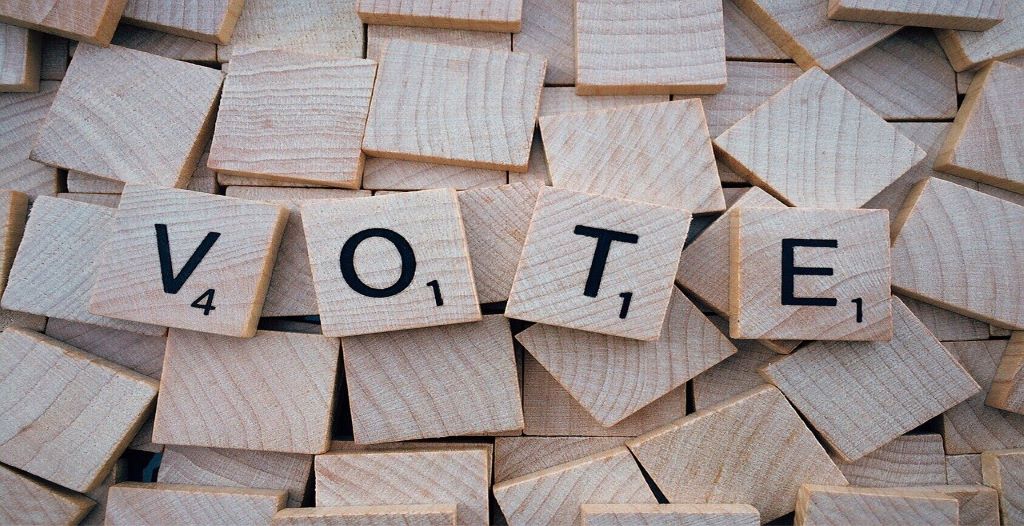In parliament, a voice vote is a method of election or voting where a group voting is done orally on a topic or motion.
The simplest and the quickest method of a voting, voice vote is used in deliberative assemblies such as the legislatures. The Chairman of the assembly puts the question to the and it is open to voting and debates. The in favour ones and the against ones are asked to indicate their opinion. The chairman then makes an estimation of the total on either side and declares the result as such.
Also Read: IAS Sagayam Wiki: Here’s the Inspiring Journey of U. Sagayam to Boost Your UPSC Preparation
Disadvantages of Voice Vote
In close contests, this is the kind of voting system used when the difference in the number of votes are expected to be large. The actual drawback is that the votes are typically only estimated and never counted with a sound meter. Having said that, it becomes apparent that the most likely disadvantage is that it is inaccurate, provided that the speaker concludes what the opinion of the house is, on the basis of which side is considered louder and enhanced.
The Speaker or Chairman often has a favourite spot or is from the ruling party, thus it always uses voice vote to rule whatever the government wants to be ruled. But, in the case of Rajya Sabha, if the ruling party does not have its majority, the voice vote can be called and put to action. This method however can be considered one reason to be on its side, even though the maximum criteria pronounces not to.
Instances of Voice Vote
Historically speaking, the presiding officer’s observation shall be seen in favour of the Government, due to the assumption that the ruling party will have a majority in the same.
However, some of the many instances of Indian Parliament, when Voice Vote was used are as briefed below:
- On 14th March 2018 Lok Sabha passed an appropriation bill and finance bill by the use of a voice vote.
- On 12th March 2015 Lok Sabha passed the Insurance Law( then Amendment) bill, 2015. Earlier the Lok Sabha passed the bill, and subsequently, Rajya Sabha put this bill to a voice vote and finally passed. The bill, now law, proposes to increase the FDI limit in local insurers from 26% to 49% as of now.
- The voice vote was also used in formation of the 29th state, Telangana of India.
- In November 2014, when Bharatiya Janata Party won the majority in the State legislative assembly in Maharashtra and then was questioned by the opposition like Shivsena and INC.
- On 30th April, Lok Sabha passed the 2015 Finance Bill via voice vote
- On 14th March, Lok Sabha passed the 2018 Finance and Appropriation bill by a voice vote.
Division Vote
Dividing votes is a method of diving and recording votes for a healthy voting session and to check if the parliament still has the support of the government. From the time of the use of the Automatic Recording machine, this method has not been used and has been obsolete for the last two decades.
A motion is a binary question flung in the Parliament, for votes to be cast by the MPs. And division is used to record how each MP voted on the motion. There can be three ways of holding a DIvision Vote:
- By operating on the Automatic Recorder.
- By distribution of “Yes” and “No” slips in the Lok Sabha.
- By checking which members are going into lobbies.
Voice Vote as a Constitutional Subterfuge
There were so many issues that constituted the voice vote:
- The Karnataka Prevention of Slaughter and Prevention of Cattle Bill, passed by the State’s Legislative Council.
- The constitutional assessment of the practice of restoring to voice vote.
Also Read: Can IPS Get Home Cadre? How to Get Home Cadre in IPS?
How the Bill Passed?
Furthermore, there had been a law that was passed by the Lok Sabha in spite of the lack of a majority on its side. Division vote on the real casted vote is the actual practice and the opposition had demanded the same. But, the presiding officer instead just passed the bill by voice vote without division.
Why is it so Notable?
These same processes were also followed to pass the controversial farm laws in September 2020. And even here the government had a lack of majority votes to pass the bill. But, again instead of a division vote, a voice vote seemed to suffice by the Deputy Speaker of the house.
Conclusion
Voice vote is a very commonly used terminology to test the political knowledge of UPSC aspirants. If you have any doubts concerning these, feel free to check out UPSC Pathshala for total UPSC preparation. Enjoy!






